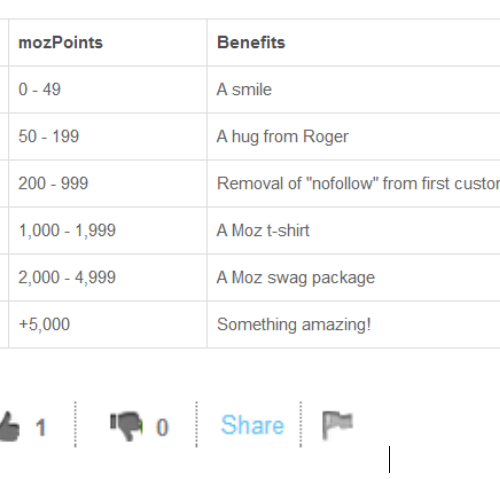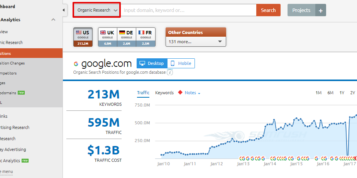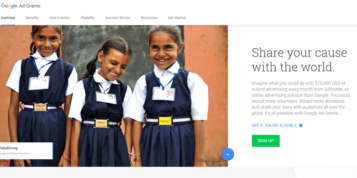Gamification is the use of game design or game thinking to engage and motivate people into following your call to actions. Very useful in digital marketing if you can construct the right goals and relevant strategy.
Gamification works off of our innate desires for competition, achieving success, self-expression and fun. Within gamification these desires can be labelled game dynamics such as: rewarding, achievements, competition, authority, and self-expression.
With today’s modern culture, games are glued to our fingers tips via mobile phones, Facebook and other social networks, which means we are exposed to and fed a diet of gamification on many different levels.
Personally, I can see the use of gamification growing as this method will likely be adopted across businesses as they understand its value, and as the younger generation of game playing, tech savvy graduates grow into purchasing adults.
Gamification has actually been around for some time and in 2013 over 70% of Forbes Global 2000 companies communicated that they planned to incorporate gamification into their marketing and customer retention plans.
There are many examples of gamification, from companies of all sizes and including big brands such as Nike and Samsung. With a little research you will come across a plethora of examples, which can be extremely useful if you are putting together a proposal to use internally or for your clients.
On a daily basis I come across gamification, which is why I wanted to highlight the following examples that you are probably already interacting with, but may be unaware of the strategy behind them:
- Moz
- Codeacadamy
- Dropbox
1. Moz awards MozPoints for participation and assigns a user level to show you your value and authority. The community is able to give user comments a thumbs up or thumbs down to self-regulate the recommendations or comments.
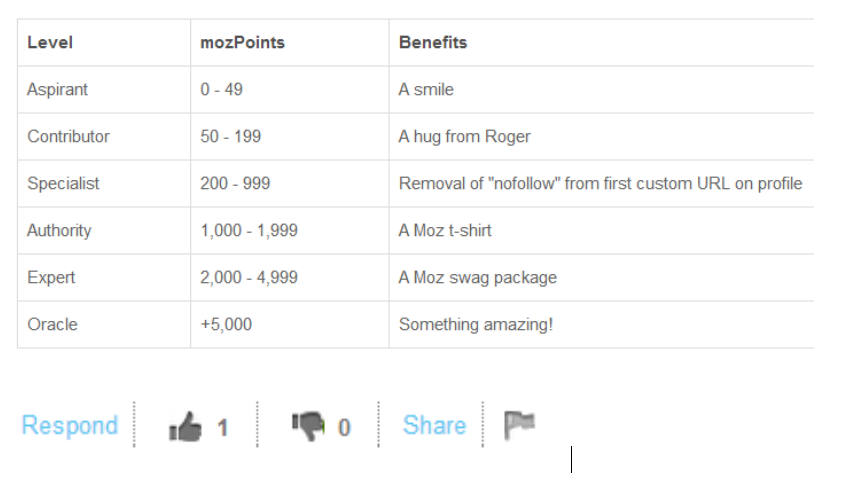
2. LinkedIn has incorporated gamification into their design and product. They encourage users to complete their profiles by showing a graph of profile completeness, and are assigning levels of profile strength based on how complete your profile is. The self-regulating community element is brought in with ‘Endorsements’ allowing other members to endorse your skill set, similar to Moz’s thumbs down on comments etc.
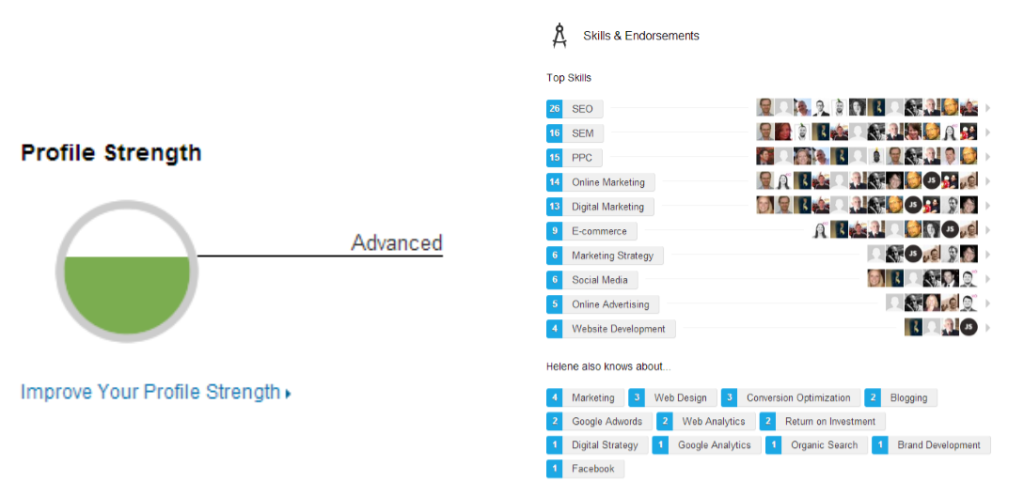
3. Codeacadamy is a great example of teaching with gamification. You are awarded badges as you progress and you can track and share your achievements. It also encourages you to keep tabs on the progress of your friends so that you can compete, by learning faster and achieving more.
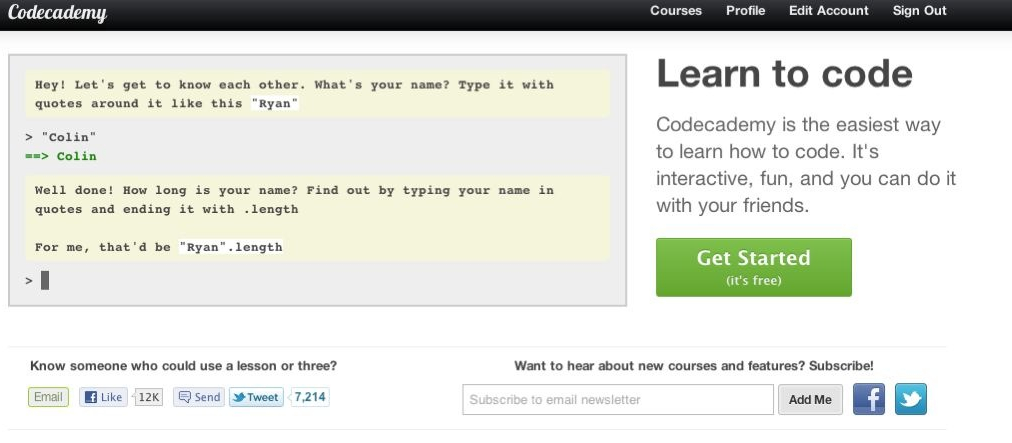
4. Dropbox incentivises you to complete specific actions, and if followed rewards you with additional storage space from the basic free account.
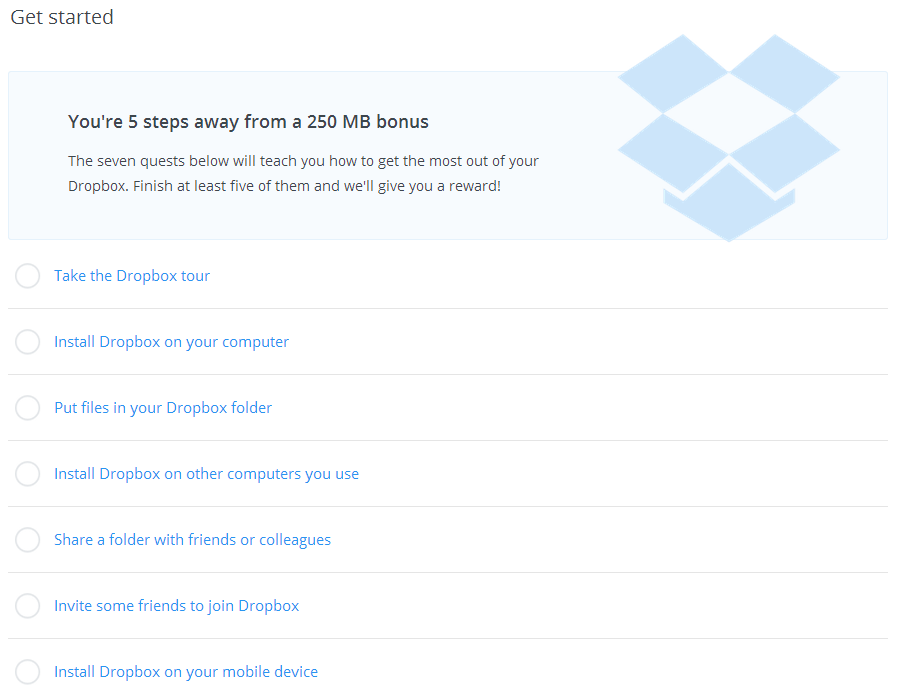
As you can see there are many elements which companies can incorporate into their websites and marketing efforts, but in all cases it has to be relevant to, and benefit, the end user.
Game Mechanics
Game mechanics are the methods used to “gamify” your strategy. They can include many elements, but I have outlined five below for your reference.

From an SEO perspective I see gamification becoming the future buzz word alongside quality content due to its strong connections to Panda and engagement signals.
Gamification, whiist it has been around for a few years now is gaining traction and consideration into the marketing mix.
